The Tissue Banking Market is a dynamic and rapidly evolving sector, characterized by a variety of players that contribute to the growth and sustainability of biobanks. With advancements in biopreservation techniques, regulatory frameworks, and technological innovations, the competitive landscape is shaped by a blend of established companies and emerging entrants.
As the demand for biological samples grows across research, diagnostics, and therapeutic development, companies are increasingly focusing on enhancing their product offerings, improving operational efficiency, and expanding their geographic reach to capture market share.
Strategic collaborations, partnerships, and mergers are becoming common as firms aim to optimize their capabilities and broaden their service portfolio in response to the escalating needs of the healthcare and biotechnology industries.
Thermo Fisher Scientific stands out in the Tissue Banking Market with its strong focus on biobanking solutions that support clinical research, personalized medicine, and regenerative therapies.
The company's extensive range of products, which includes bioprocessing equipment, storage systems, and molecular biology tools, enhances its ability to meet diverse client needs across different applications.
Thermo Fisher Scientific operates on a global scale, leveraging its extensive distribution network to facilitate accessibility to its innovative technologies in various regions. The company's strengths lie in its commitment to quality and innovation, evidenced by its investment in R&D and its capacity to deliver high-quality products that comply with international standards.
This positions Thermo Fisher Scientific as a frontrunner in the market, enabling it to maintain a solid competitive advantage while addressing emerging challenges in tissue banking.
BioLife Sciences is another significant player in the Tissue Banking Market, known for its sophisticated biopreservation solutions and sample management systems that cater to the needs of researchers and clinicians worldwide.
The company offers a wide array of key products and services, including controlled-rate freezers, temperature monitoring systems, and storage solutions that ensure sample integrity over extended periods.
BioLife Sciences is recognized for its strong market presence, owing to its strategic focus on innovation and customer collaboration. Its strengths include a dedicated approach to quality assurance and the ability to respond swiftly to market demands.
Furthermore, BioLife Sciences has established partnerships and collaborations that bolster its offerings, alongside recent mergers and acquisitions aimed at expanding its technological capabilities and enhancing its global footprint within the tissue banking sector.
This strategic positioning enhances BioLife Sciences’ competitive edge, enabling it to foster growth and respond to the dynamic landscape of the Tissue Banking Market effectively.


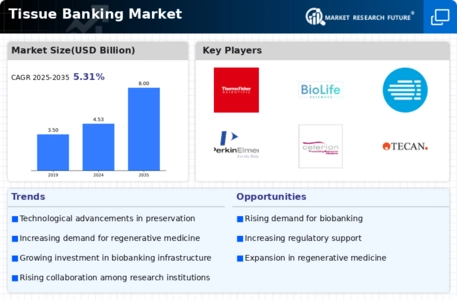
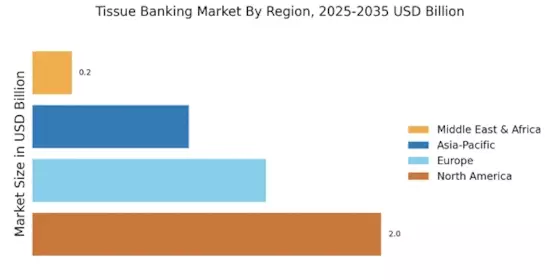
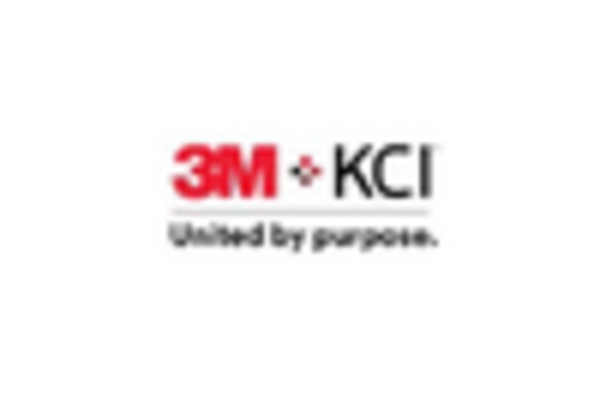


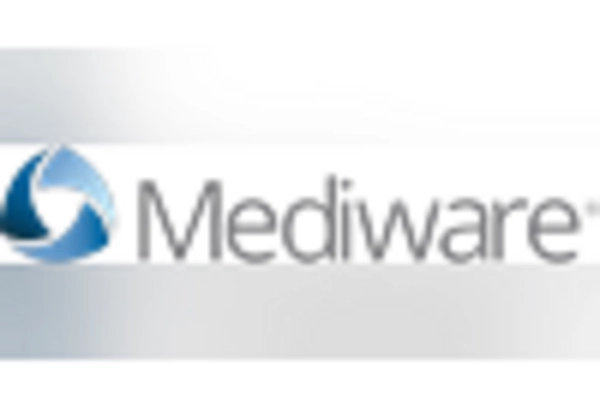
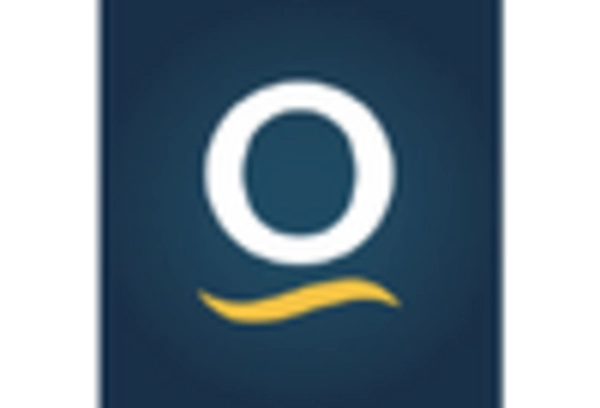
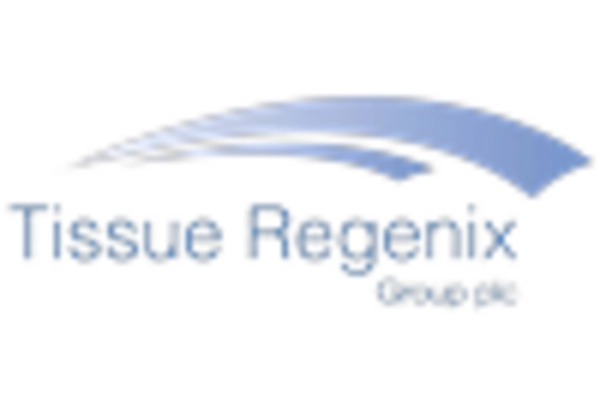








Leave a Comment